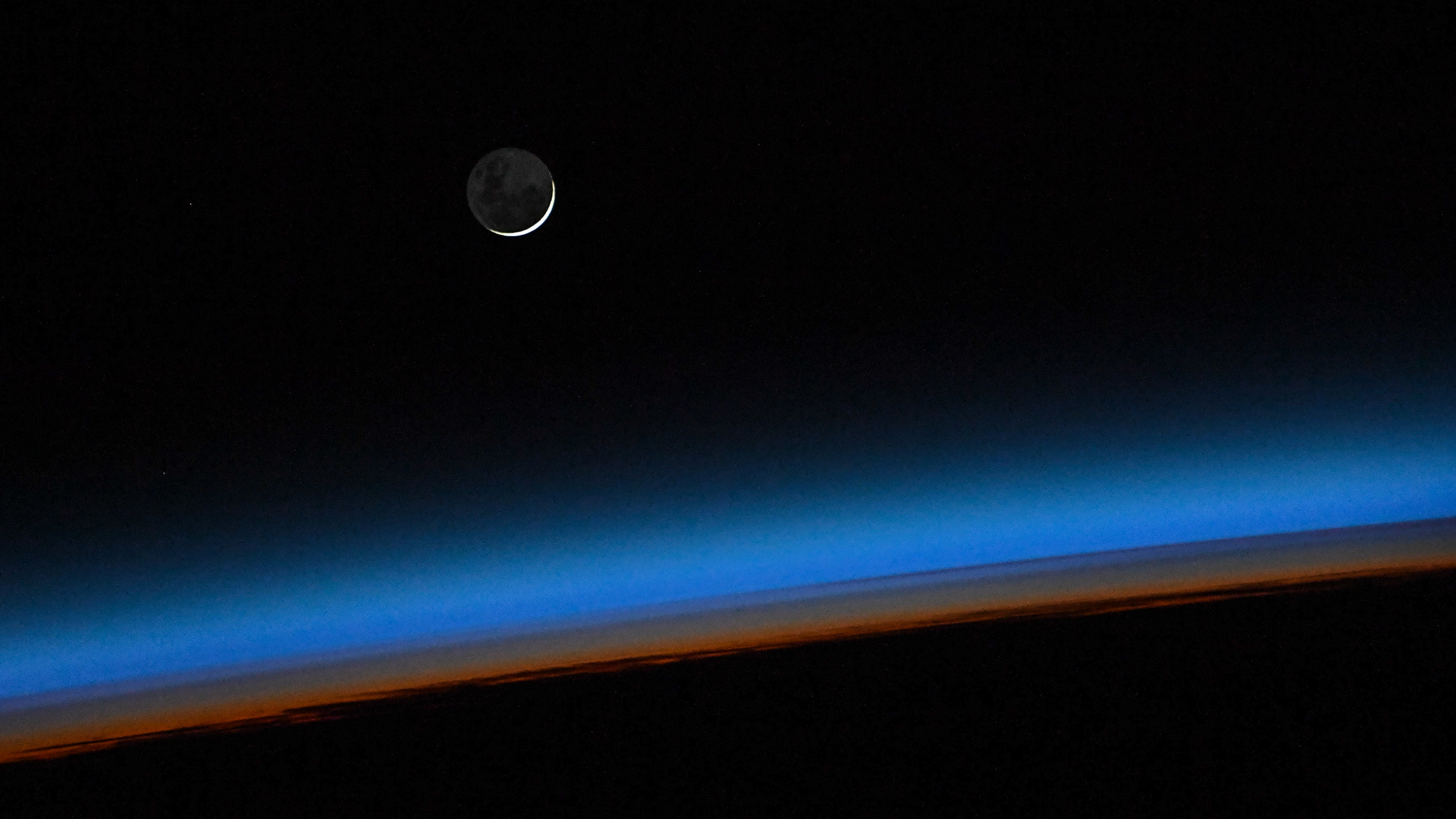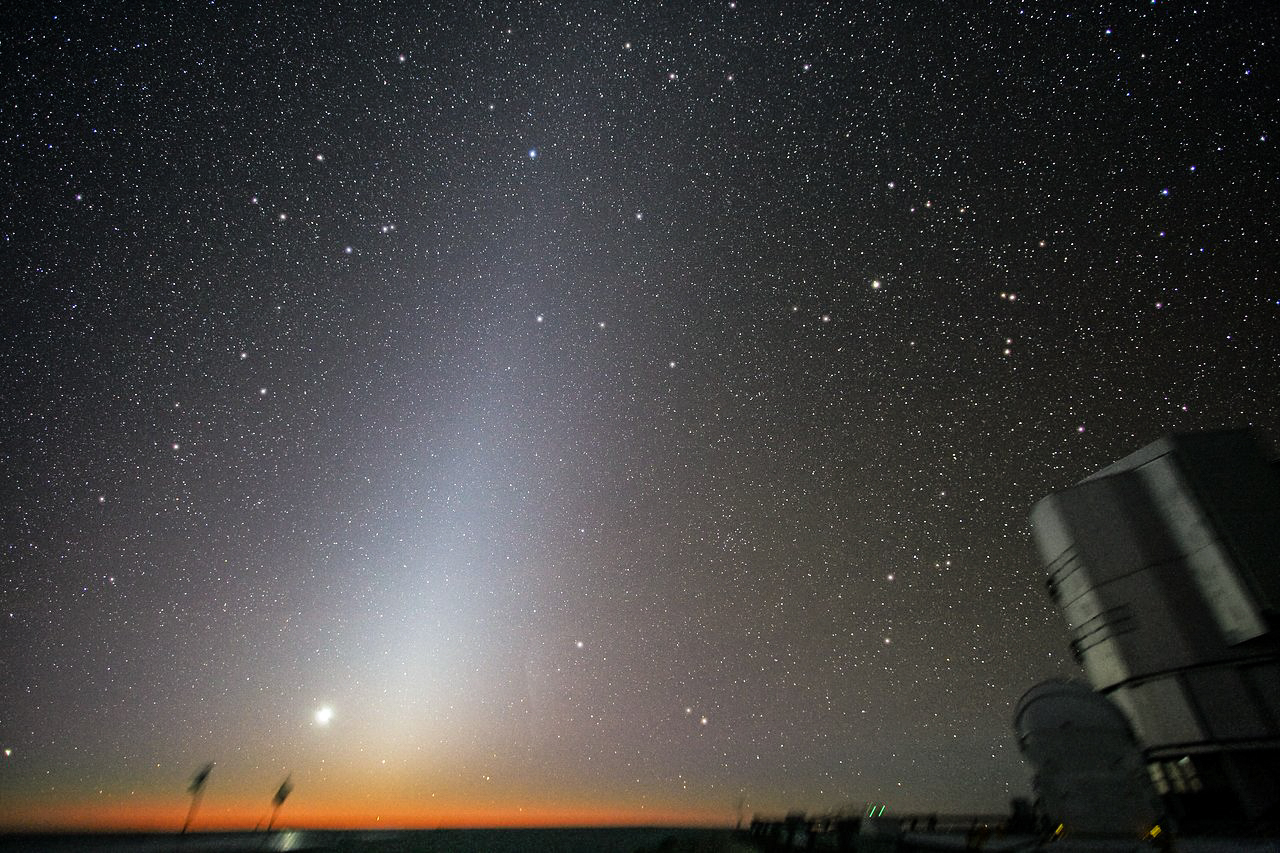
For astrophotographers in the northern hemisphere, September is the best month of the year. Significant darkness has returned at night, it’s still warm in the evening and, as we approach the fall equinox later in the month, that all-important darkness begins to dominate.
It’s a great month for night-scapers to be outside with a wide-angle camera, with the bright core of the Milky Way galaxy hanging around and slowly sinking towards the western horizon after sunset. It’s also a popular time for star parties, which are increasingly frequented not only by amateur astronomers, but also by astrophotographers crowdsourcing a deep-sky target or two.
After last month’s Perseid meteor shower and ‘Blue Moon’ it might feel like a quiet month in the skies above, but with Saturn just past its bright opposition, a rising ‘Super Harvest Moon’ and the chance to image a ‘false dawn’, September 2023 promises to be a great month for capturing photons from far away.
Read: Night photography techniques, tips and tricks
September 6: Monthly dark sky window opens
Tonight sees the moon reach Last (or Third) Quarter, which signals the fading of significant moonlight from the night sky for about 12 nights until the waxing crescent moon gets bright around Wednesday, September 20. As well as reducing in size each evening, after tonight the moon will rise beyond midnight and around 50 minutes later each night for the next week. For astrophotographers, this waning, then waxing crescent moon is the ideal time to get to work on nightscapes and deep sky imagery. It’s also a great time to capture the core of Milky Way for the final time this year from the northern hemisphere.
Read: The best cameras for astrophotography
September 13-17: #NewMoonSnap

This month begins an out-of-this-world opportunity to help Danish astronaut Andreas Mogensen – freshly launched to the International Space Station as part of SpaceX Crew-7 in late August – with his novel astrophotography project to help climate science. Mogensen’s ‘Earthshine’ project as part of his six-month Huginn mission will investigate how much Earth reflects sunlight onto the lunar surface during the new moon phase. The idea is that he’ll take images from space and we can all take the same images – after sunset or in the morning before sunrise. The reason? Earth appears to have become less reflective in the last 20 years, presumably because the ice caps have melted and there’s less sea ice. Here’s how to do help Mogensen using a DSLR or mirrorless camera:
- Set the file format to RAW
- Set ISO to 4000 and the f-stop to f/2.8
- Exposures should be between 1/2000 to 1/250 secs.
- Keep the Moon centered in the frame.
- Use a telephoto lens.
- Tag your images on social media with #NewMoonSnap and #Huginn
Exact moon schedule and more information here.
Read: When to photograph the moon
September 26: Moon and Saturn in conjunction
Be in position facing southeast an hour after sunset tonight and you’ll see a 91%-lit waxing gibbous moon just half a degree from the ‘ringed planet’ Saturn, still fully-lit and looking its best in 2023.
Read: How to photograph the full moon

September 28: a ‘Super Harvest Moon’
The fourth and final so-called ‘supermoon’ of 2023, September’s full moon is most notable for being one of the year’s most famous. The old story goes that the full moon at this time of year helps farmers work all night to get their crops in. That’s no longer the case, of course – we’ve long lived in the age of machines and artificial lighting – but its fame as the ‘Harvest Moon’ suggests compositions and makes likely a good reception for lunar photographers’ work on social media. So check your local moonrise time, get outside ahead of time, point your camera (wearing a 70-300mm lens, on a tripod with a remote shutter release to hand) to the east and wait for the orangey full moon to rise over a wheat field, a farm or a rural scene. Besides, #SuperHarvestMoon is a hashtag that’s too good to miss on social. Experiment with short exposures.
Read: How to photograph the full moon
Wide-angle shot of the month: Zodiacal light or ‘false dawn’

Look to the east in the couple of hours before sunrise around the time of the equinox this month (Saturday, September 23) from a (very) dark sky site, and in a cloudless sky you’ll see a definite cone of shimmering faint white light. This so-called zodiacal light – ‘light from the circle of animals’ – is sunlight reflecting off interplanetary dust in the plane of the solar system. That plane is also the path of the sun through the sky, where the constellations of the zodiac are positioned. Since the conditions required to see and photograph it are so exact it’s considered elusive, but if you are doing astrophotography in a Dark Sky Park then it’s not technically difficult to capture. Here’s the basic technique:
- Manually set your focus to infinity to make sure the stars and meteors are in focus, but zoom in to make sure stars are sharp before committing to taking multiple shots.
- Before astronomical twilight, point your camera east where the sun will rise.
- Shoot in RAW to make post-production easier.
- Use a tripod to avoid camera shake and blurry images.
- Use a wide-angle lens: to capture as much of the night sky as possible
- Use a low aperture (f/2.8 or lower), a high ISO setting (ISO 800 or more if you have a full-frame camera) and exposure for 30 seconds to capture as many meteors as possible.
It may not show on your camera’s LCD screen, but it will in post-production. If you want to be sure if you’ve captured it then hugely increase the ISO on your camera for a test shot. Just don’t forget to reduce the ISO for your actual shot!
Read: How to photograph the Milky Way this weekend
Read more:
Astrophotography: How-to guides, tips and videos
Astrophotography tools: the best camera, lenses and gear
The best star tracker camera mounts
The best light pollution filters







